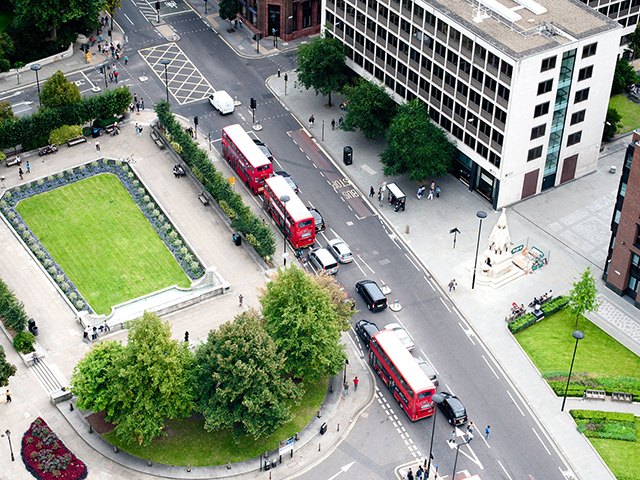
In the wake of a pandemic, virtual technologies have shifted the paradigm of how governments, local authorities, and private developers design places. Placemaking, especially, has benefitted from a newfound reliance on virtual and augmented reality technologies that present designs, masterplans, and the entire consultation process in a highly immersive and realistic format.
Anthony Sherriff – Associate, Architecture at Tetra Tech – walks us through the benefits of this format.
What technologies are being used in the virtual public consultation process?
It’s quite comprehensive: we can create navigable 3D spaces, live chat, video call back facilities, presentations with Q&A in a webinar format, virtual site tours, and both augmented reality (AR) and virtual reality (VR) options. It’s a full suite of features letting visitors share comments, ask questions, review documents, or interact with visualisations.
How have virtual technologies benefitted consultations?
On the surface, they’re more sustainable and cost-efficient. You don’t need lots of people travelling potentially great distances just to socially distance. In today’s digital world where most people own mobile devices, that has greatly enhanced inclusivity and accessibility.
But fundamentally, the virtual format is ironically more immersive. At a physical exhibition, you might glance at a board and move on, or sit in front of flat images displayed on a projector. The virtual model gives people a 360 view of real or proposed spaces to interact with from a first-person view, where they can digest however much info they want at their own pace and can return again at a later time with no extra effort.
It’s a far more engaging experience that better respects people’s time. Meanwhile, exhibitioners have greater storytelling capability over how, when, and where they present information, greatly affecting how a community perceives proposals.
How has virtual tech affected people’s perception of masterplan proposals?
Two of the hardest things for people to grasp out of context are scale and massing. Many people find can’t correctly read plans and it can be hard to communicate ideas through 2D drawings.
Even 3D still renderings struggle to convey the dimensional relationships or size of a building or part of it. Space is something people understand when they’re in it.
With VR, we can drop the viewer into a 3D scan of a real place or a 3D model of a proposed design. You could stand at the end of the street you live on and see the view you’d have of that new park development at ground level or apartment elevation. We’re even at a point where we can leverage video gaming technologies to simulate different conditions with an unprecedented degree of realism, including weather and time of day/year, how light and space interact together, what it looks like when populated with fully animated people walking the streets, or even trees blowing in the wind.
The more natural a space feels, the more stakeholders have demonstrated greater buy-in and understanding. With public consultations and other stakeholder engagements, we like the idea of moving around the space as if you’re really there, so we have a version of our platform catering to this. It’s just more intuitive than a flat website and trawling through pages of info. The first-person perspective and added immersion has helped translate design concepts on paper to something our clients and stakeholders can visualise and go, “oh, I get it now.”
We can provide a range of experiences on devices from high end desktop computers to smart phones to suit the project needs. We are currently working towards utilising AR applications to used mixed reality live, as part of site visits. And we can only see things becoming more digital and immersive going forward.
